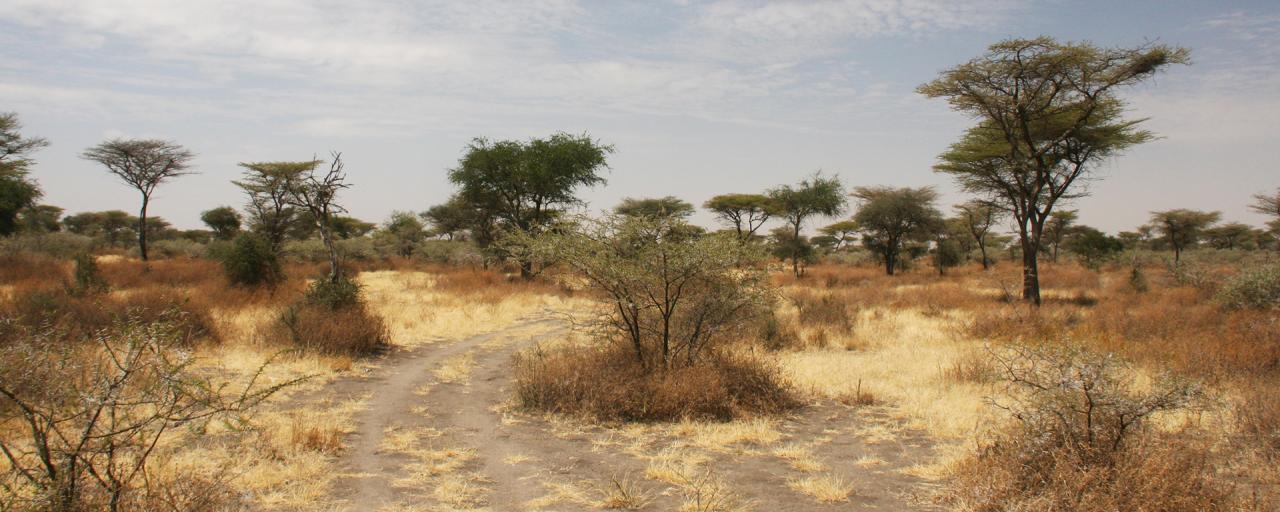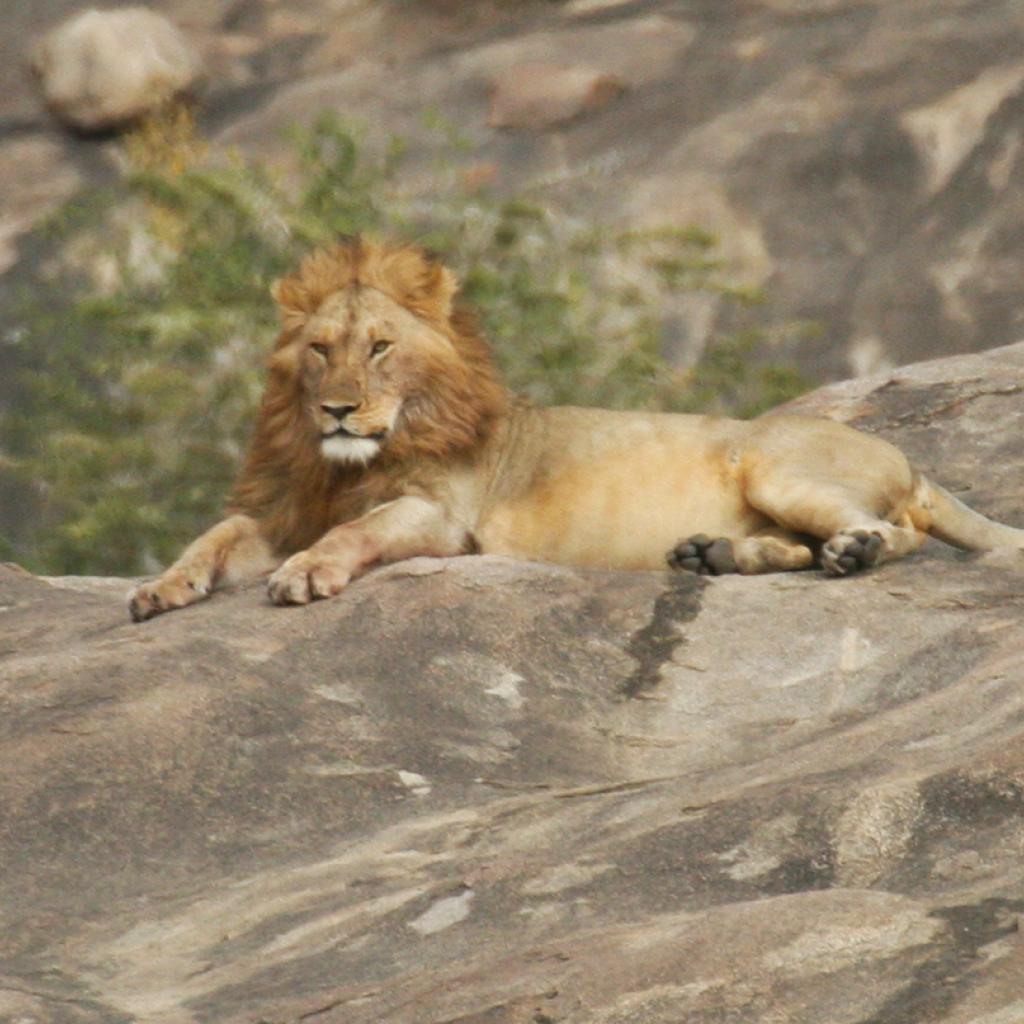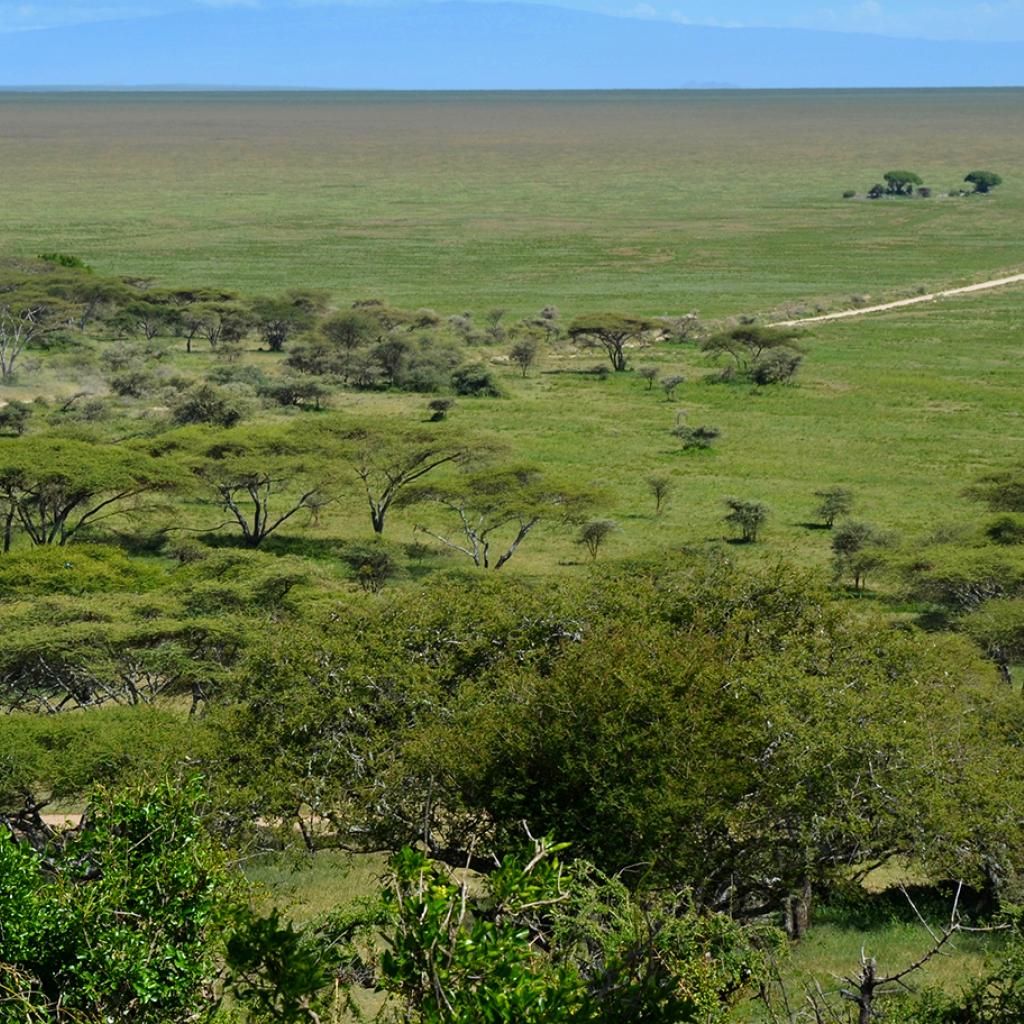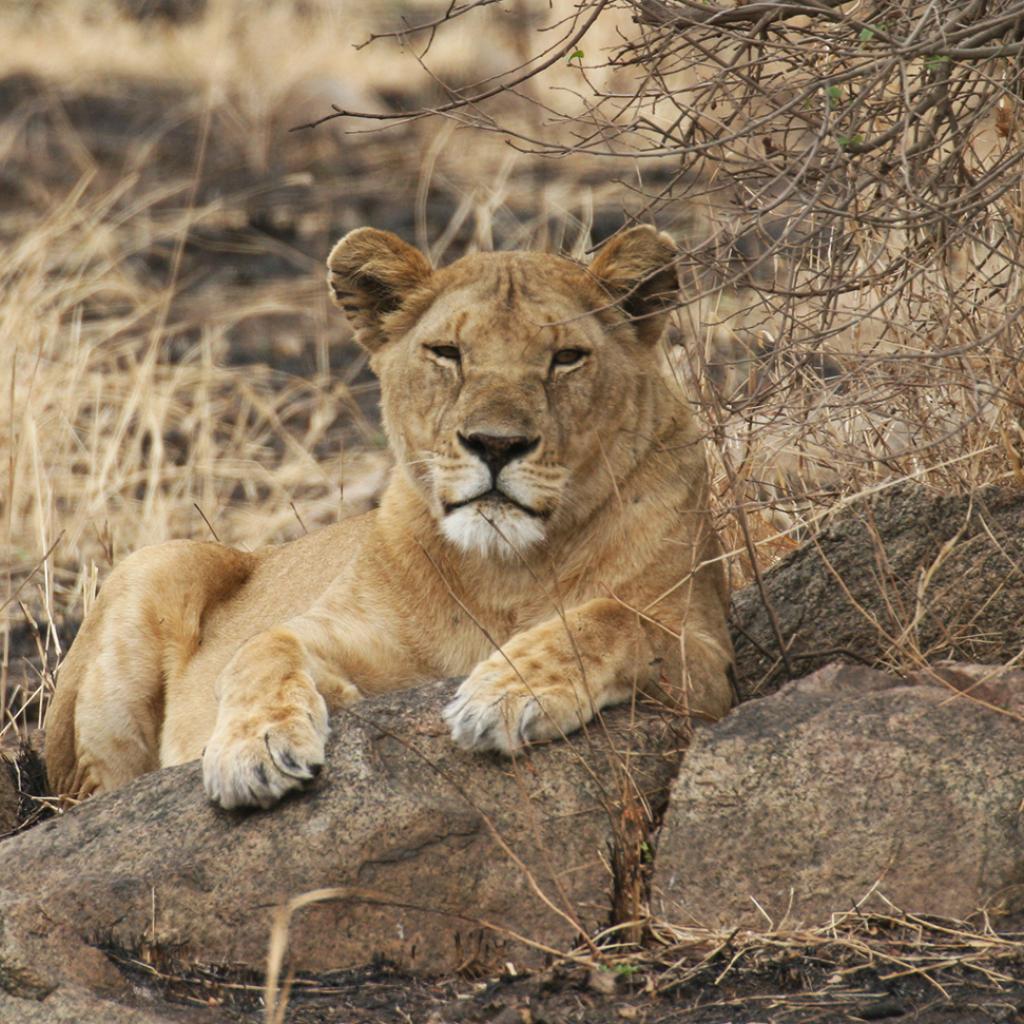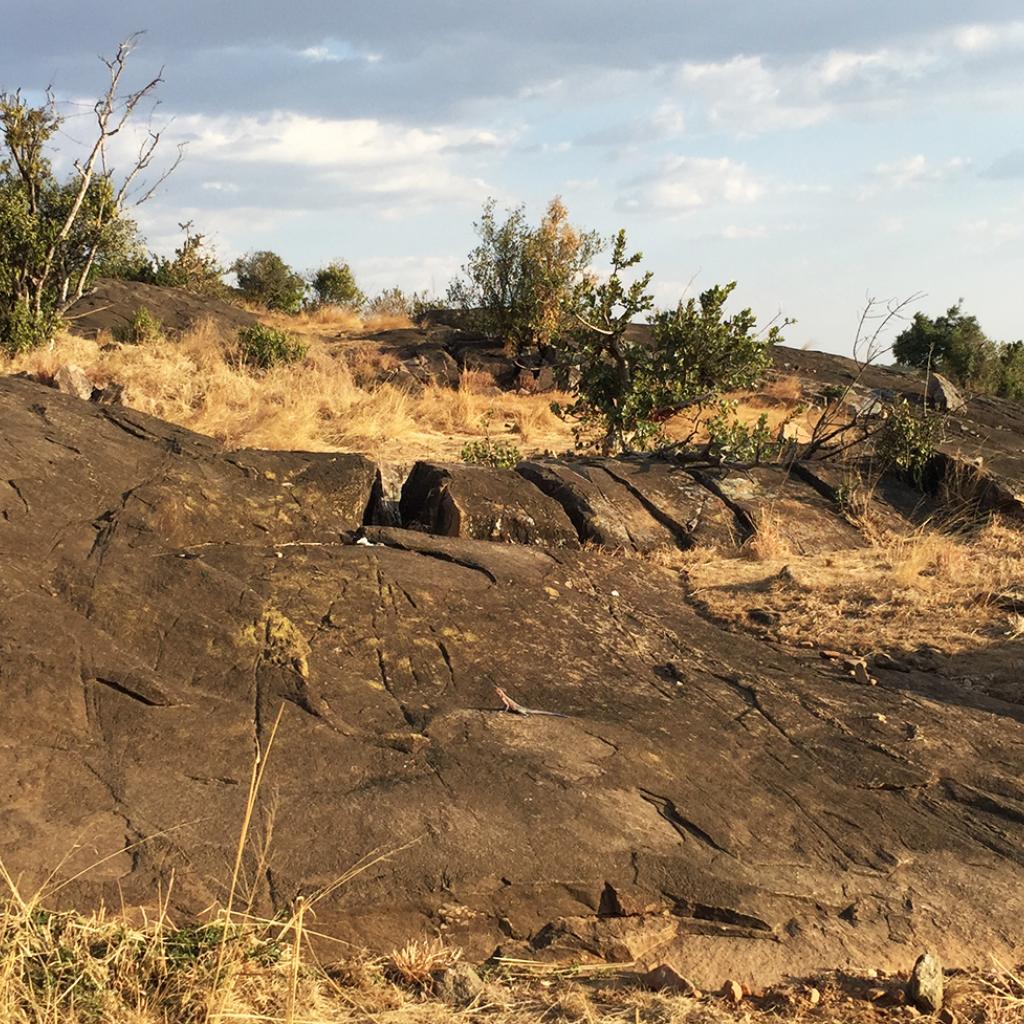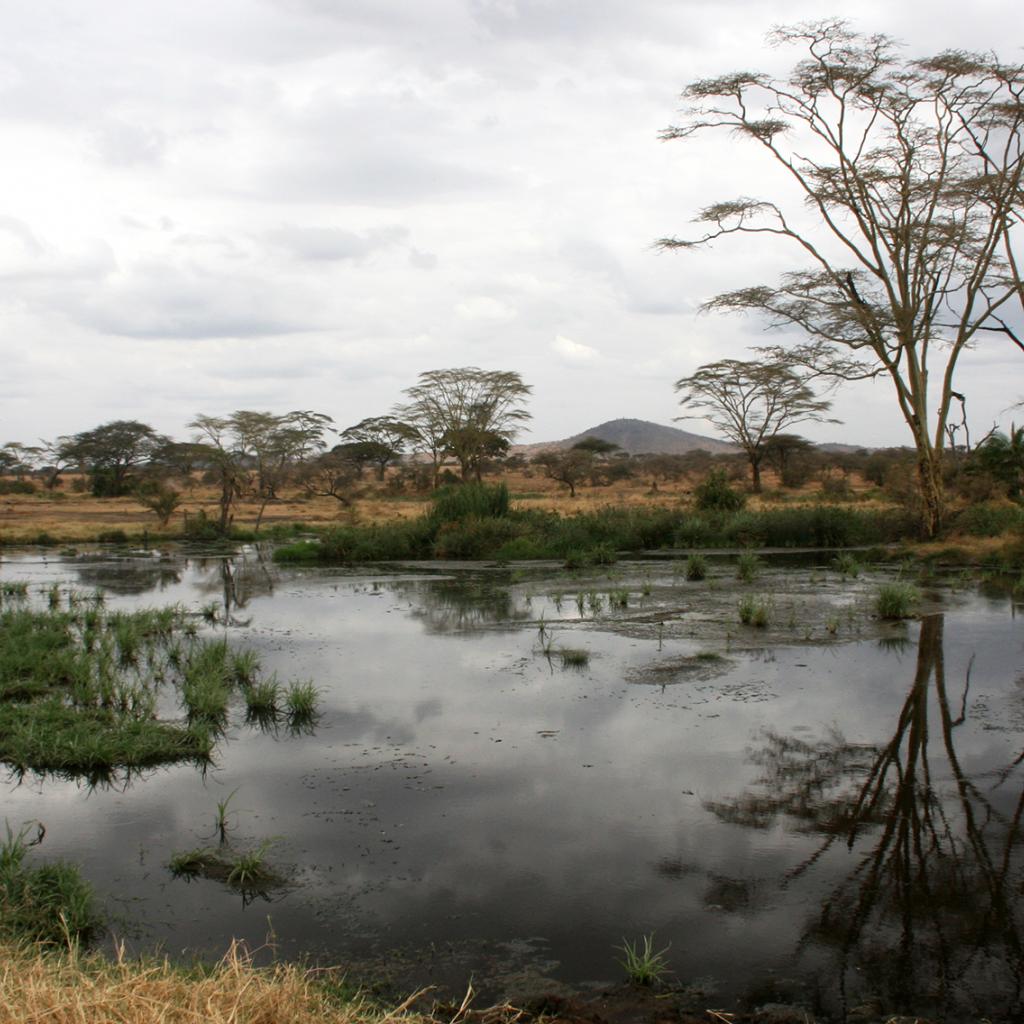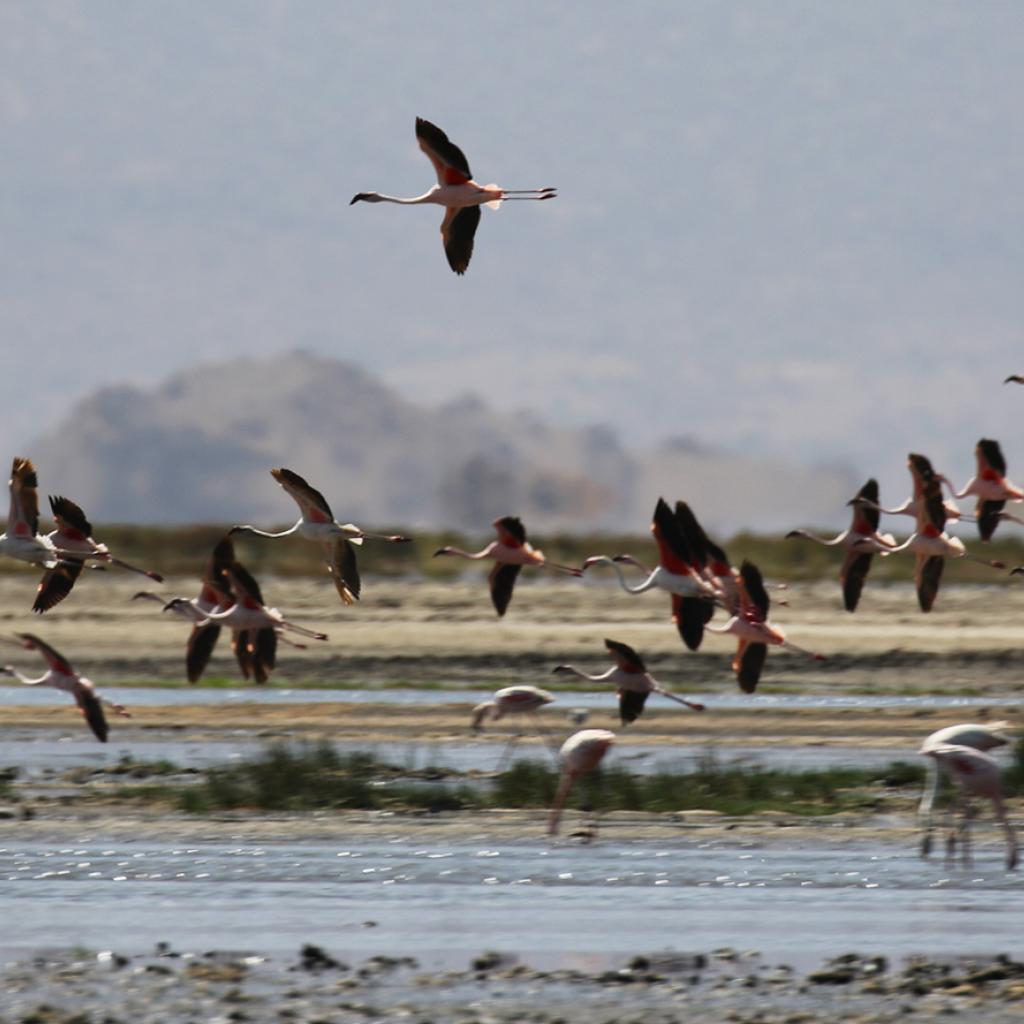This area lies in the Eastern part of the Serengeti National Park, East of the Naabi Hills. It includes the Gol Kopjes, the Lemuta Hills, Naser Rock, Angata Kiti, the Salei Plains and the active volcano Mount Lengai. It reaches Lake Natron and the Ngorongoro Conservation Area.
It has an affiliation to a Conservation Area outside the National Park’s border, where it is possible to go on night game drives and walking safaris. Unlike here, in the main park this activities are forbidden.
Eastern Serengeti is a remote and wild area. Few visitors come here and it is not a common occurrence to find other vehicles, even in a day-long safari.
During the rainy season this area turns into a boundless green grassland, similar to the plains South of the Serengeti. The word “Serengeti” comes from a Maa word, “siringit”, meaning “boundless plains”. After experiencing it, it is easy to understand how the Maasai found the name for these lands.
In the rainy period, this place is full of animals. There is a particularly high concentration of Thomson gazelles migrating here from Central Serengeti, attracted by the green grazing spots.
Eastern Serengeti is also reached by the cheetahs going after the gazelles, thus causing the highest concentration of these felines in the whole African continent, particularly in the Gol Kopjes area, where there are many chances to catch sight of them.
In the same season Eastern Serengeti welcomes the highest concentration of hyenas, too. It is not rarely that big clans of up to 30 specimens of them are spotted. This happens in the Naabi Hills, the Gol Kopjes and the Lemuta Hills. Hyenas are semi-nomadic predators and they move within this region while following the herbivorous’ migration.
It is also possible to catch sight of plenty of lions. These felines usually live in a specific territory that they control and defend from other packs. However, some individuals move according to the herbivorous’ migration, others are lions without a territory of their own or forced to move away by the lack of preys in their area of origin.
This area witnesses part of the Great Migration, too. Usually between December and April, after the rains, the herds come down from the Maasai Mara and Northern Serengeti Plains to return to the nourishing Southern grazing lands. It is possible to catch sight of the animals from the Gol Kopjes Eastwards, through Angata Kiti to the Salei Plains and Mount Lengai.
Wildebeests prefer the grass from the plains close to the volcanic hills due to the fertility of the soil. The grass growing here is very nourishing.
Apart from the already mentioned animals, the ones that are most likely to be spotted in Eastern Serengeti are: elands, African wild dogs, giraffes, hartebeests, jackals and ostriches.
The areas of Eastern Serengeti
- Kopjes and the Sametu Marsh
- Naabi Hills
- Gol Kopjes
- Barafu Gorge and Kopjes
- Lemuta Hill
- Lake Natron


